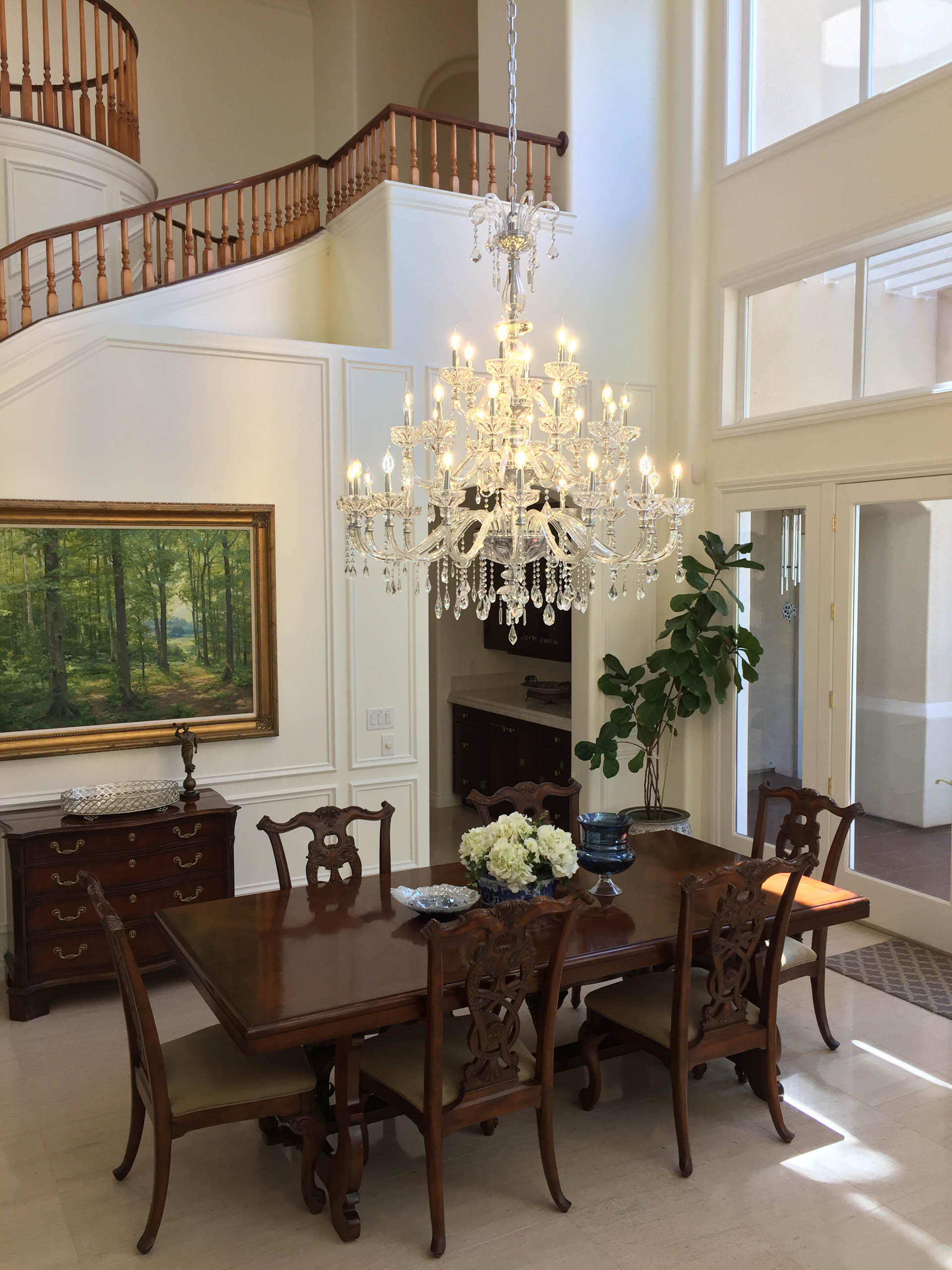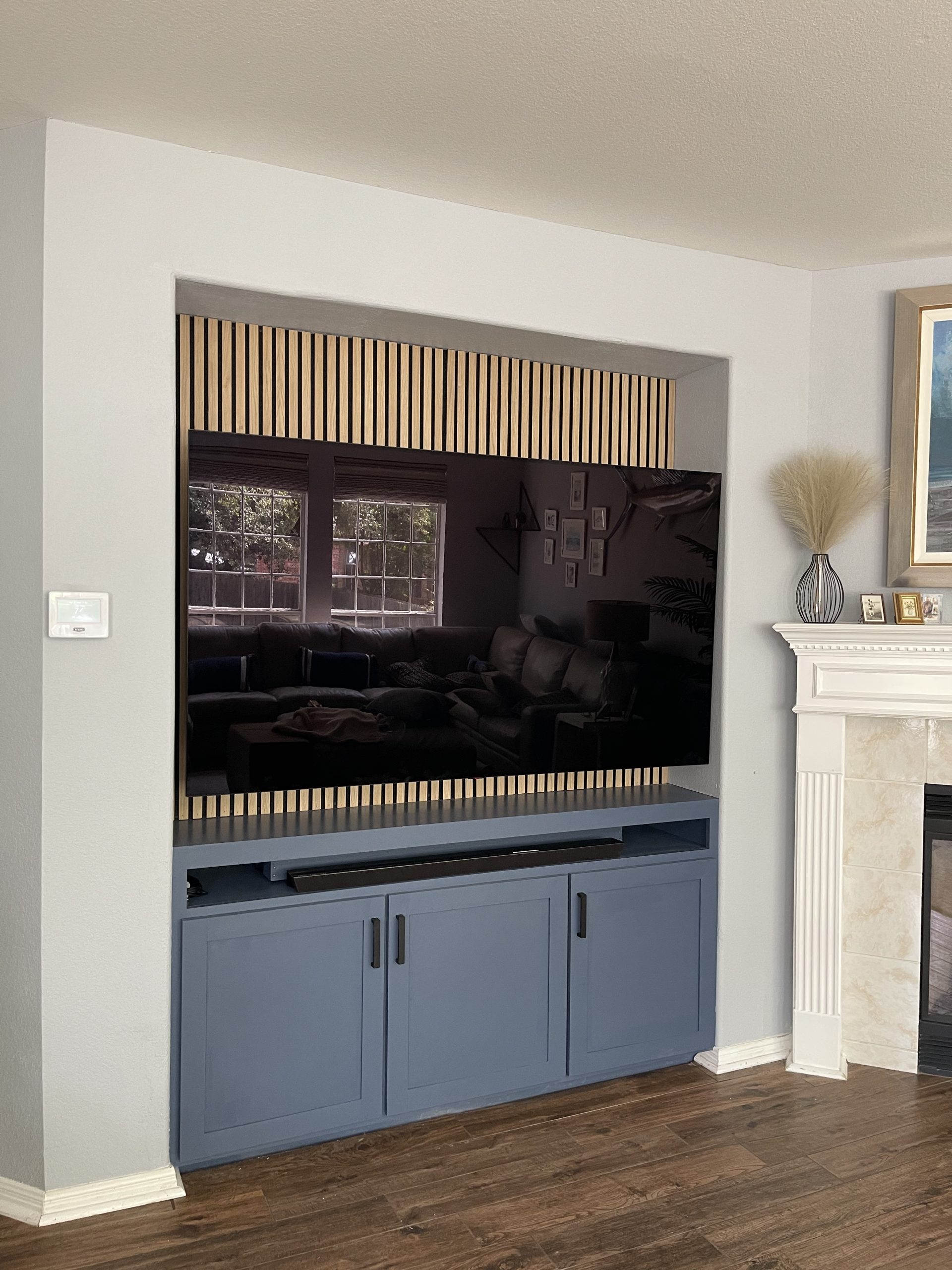Smart Car Shipping Tips for Students Moving to the City University of New York

Starting your college journey at the City University of New York (CUNY) is an exciting and often life-changing experience. Whether you’re attending classes in bustling Manhattan, scenic Queens, or historic Brooklyn, the logistical details matter especially if you’re planning to bring a car with you. This Car Shipping guide for students is designed to help you understand how to successfully transport your vehicle to your CUNY campus with minimal stress. From choosing the right shipping company to preparing for life in New York City, this article covers all the essentials.
Do You Really Need a Car at CUNY?
Before diving into shipping logistics, ask yourself an important question: Do I truly need a car in New York City? CUNY’s campuses are well integrated into the city’s robust public transportation system. Between subways, buses, and bike-sharing programs, many students get by just fine without a personal vehicle. However, for those commuting from outside the five boroughs or traveling frequently, a car might offer needed flexibility. Weigh the cost of parking, insurance, and fuel against the convenience it provides.
Researching and Choosing a Reliable Auto Transporter
Finding a trustworthy car shipping service is a crucial step in the process. Be sure to look for companies that are licensed and bonded. Customer reviews on sites like the Better Business Bureau and Yelp can offer useful insights into customer experiences and satisfaction. Additionally, you can verify a company’s credentials through the Federal Motor Carrier Safety Administration (FMCSA) an official U.S. government agency responsible for regulating vehicle transport. Use their database to check safety records and insurance information.
Open vs. Enclosed Shipping: What’s Best for You?
When it comes to shipping, you’ll typically choose between open transport and enclosed transport. Open transport is the more affordable and common option, where your car is transported on an open-air trailer along with several others. It’s efficient and cost-effective but leaves your car exposed to the elements. Enclosed transport offers better protection, ideal for high-end or classic vehicles, but comes at a higher cost. Evaluate your vehicle type, budget, and weather considerations when making your decision.
Budgeting: Understanding Costs and Quotes
Car shipping costs vary depending on the distance, time of year, fuel prices, and the size of your vehicle. The average cost to ship a car across the U.S. ranges between $600 and $1,200. When getting quotes, ensure the estimate includes all potential fees and ask whether the price is binding or subject to change. Some companies offer student discounts, so don’t hesitate to inquire.

Preparing Your Car for Transport
Preparation is key for a smooth shipping experience. First, clean your car thoroughly inside and out so the transport company can inspect it accurately. Document the current condition with photos from multiple angles. Remove all personal belongings and disable or remove toll tags. Make sure the gas tank is no more than a quarter full and that the battery is charged. A quick mechanical check-up can prevent breakdowns during loading or unloading.
Coordinating Pickup and Delivery
Once your shipping is booked, work closely with the company to schedule convenient pickup and delivery times. You’ll often have the choice between door-to-door delivery (where they come to your home or campus) and terminal-to-terminal delivery (which may be cheaper but requires additional travel to drop off or pick up your car). At delivery, inspect your vehicle carefully before signing off, and report any damage immediately to avoid delays in compensation claims.
Navigating Vehicle Regulations on Campus
Each CUNY campus has its own rules regarding student vehicles, so make sure you understand parking policies, registration requirements, and associated costs. Some campuses have limited or no parking for undergraduates, while others offer student permits for designated lots. Contact your campus’s transportation or public safety office well in advance to avoid violations or unnecessary fees.
Tips for a Smooth Car Shipping Experience
- Book early to ensure better pricing and availability especially around peak college move-in times.
- Stay in communication with your transport company throughout the process.
- Have a backup plan in case delivery is delayed (such as using public transit for a few days).
- Keep paperwork handy, including your driver’s license, vehicle registration, and insurance documents.
Conclusion: Drive into College Life with Peace of Mind
Bringing a car to CUNY can be a smart choice depending on your lifestyle, commute, and convenience needs. The key is preparation from researching shipping companies to understanding your campus’s policies. With the right planning, your car will be waiting for you when you arrive, ready to help you navigate college life with ease and independence.



